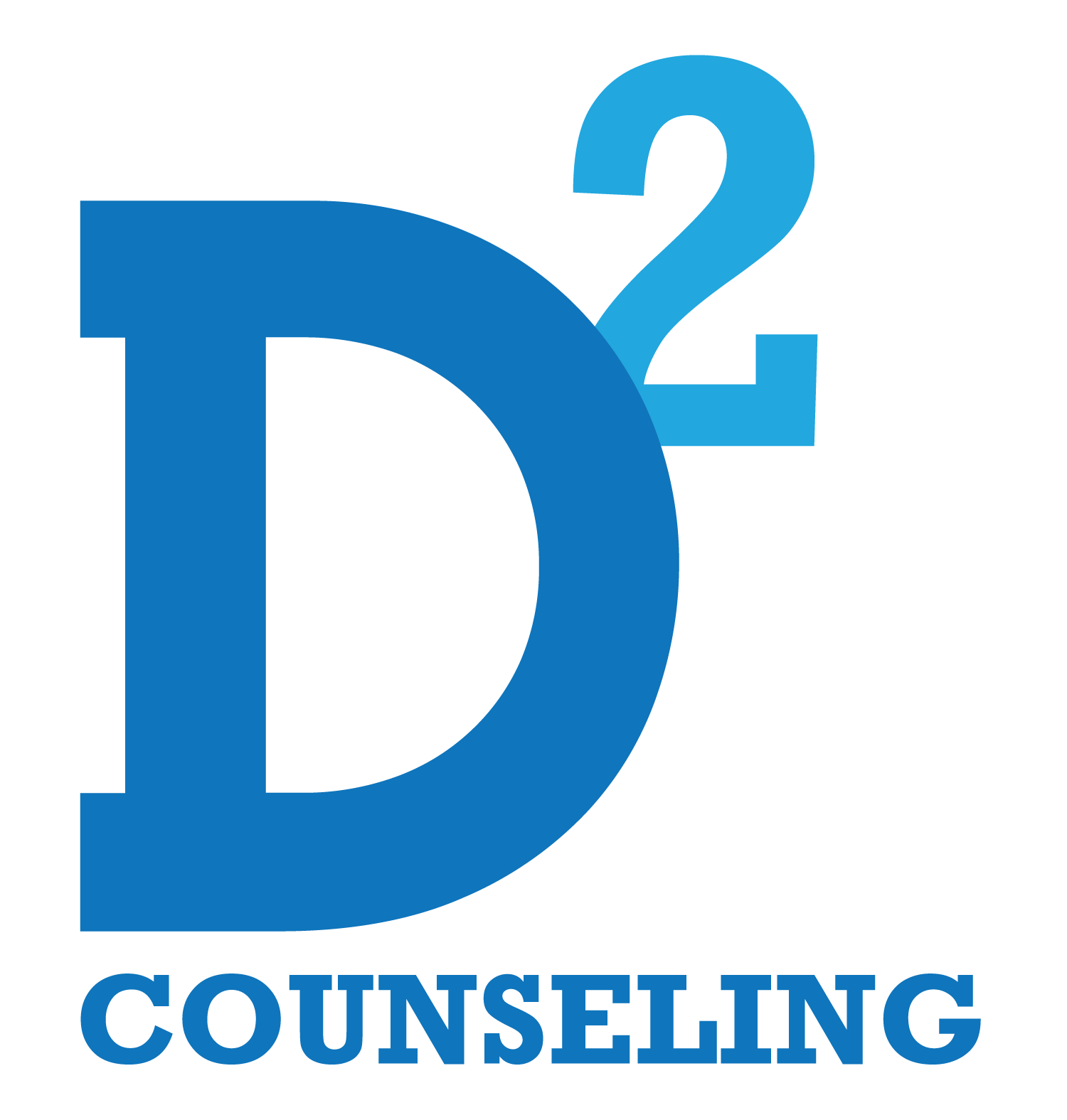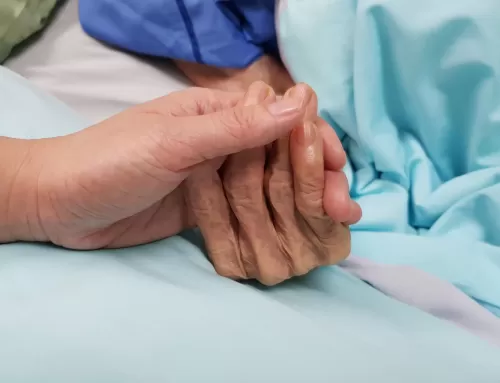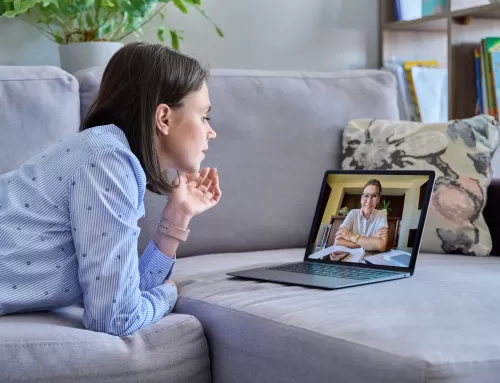The changes continue! How are we to embrace the change?
It is a consistent thought in our culture that change is hard, people resist change, and that movement and growth is often in spite of ourselves. There is an alternative view however that bears looking at. We know in the helping professions that there are systems that move to growth and health. Skin tears mend. Bones repair. Grief is dealt with.
So why do we want to hang out on the street corner of Change and Resistance and proclaim that a necessary crossroad?
The medical community stands in a unique place today. Patients have invested their trust in their health care provider and now the fruit is coming to bear. Physicians are in the place of trust now that some clarity has occurred and our population is moving back to some level of normal. Initially, when the pandemic first hit in 2020, most of our culture looked to authority figures outside of themselves for guidance. We quickly learned that “the authorities” proved to be offering a moving target. Local, State and Federal recommendations changed frequently and were less than consistent. As things have calmed, as the rhetoric has begun to diminish. The Physician (particularly our personal physician) is returning to the position of authority that our community depends on. And the opportunity arises for the Medical Community to begin to speak of change with a more encouraging approach. We humans may be uncomfortable with change, but we are designed to take advantage of it. It is a survival tool at the cellular as well as the communal level.
One of the factors we learned well in the last year or two is how important the immune system is as stress is encountered. To begin to acknowledge change as a part of our growth will lessen the impact of the stress of the change. As an example- Most physicians I am working with acknowledge that telehealth has taken on a new role in their practice. This is a great opportunity to look at one’s thoughts around this and make some choices about what parts of telehealth benefit the practice and help either the physician, the patient and which parts benefit both. It will be a rare case that some benefit cannot be found in one of these areas. For the physician to use this paradigm shift on this topic as a talking point with patients when they begin to lament the changes that have to face through Covid will model and healthier approach to the change.
Similarly, to begin to embrace the new norm of masks in office (for many of us) or sanitization practices that we have performed in our office in front of the patient is another great opportunity to acknowledge that the medical community growths through change as well. How this is presented to the patient or our staff will impact the level of resistance that comes with the ask. When we model a matter-of-factness with new practice it is accepted more readily. There are plenty of changes to inventory and engage, the invitation is to model your approach to it as an act of care for your patients.
We are a year and a half into this global pandemic and change continues to greet us at every corner. As this is written the United States sits at about a 67% vaccination rate. States and even parts of the Metroplex vary. Other parts of the world offer substantially different numbers. And how is our population to deal with these differences often even in the same house. From a psychological point of view we teach clients that they need to develop a sense of safety from within, rather than depending others to do it for them. As a part of this development, we coach to develop a trusted circle they can depend on and one which will support them through day to day activity, even day to day change. We are back to our regular check-ups. The postponed procedures have begun to resume and we are starting to connect with our Physician as we were a couple of years ago. The physician has far greater influence on the individual over the WHO or even our own CDC.
Change may be unpopular but we can help people approach it in a way that lessens their anxiety, and help them embrace their movement towards health.




